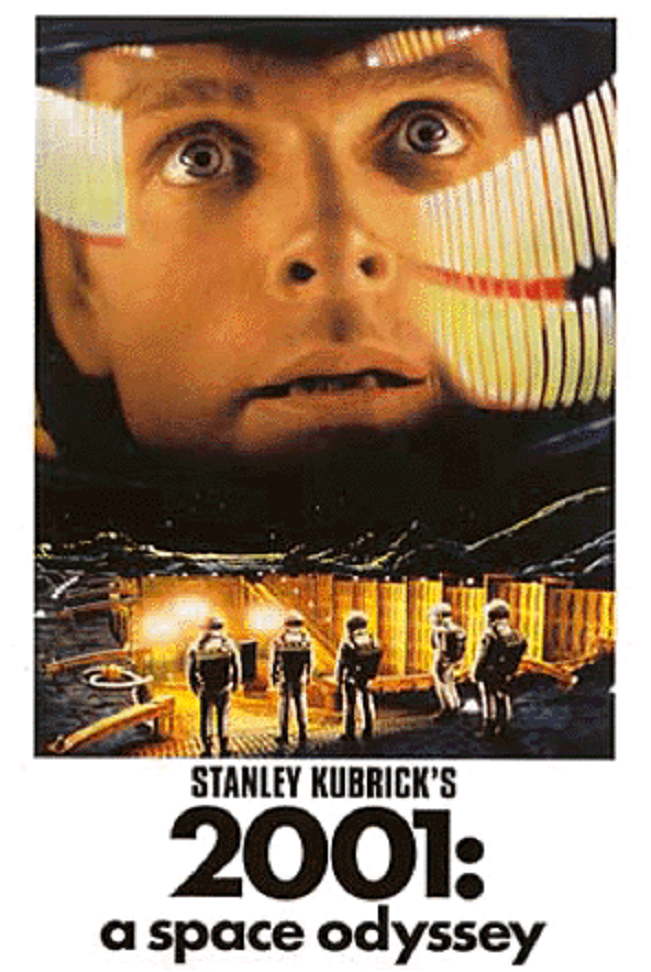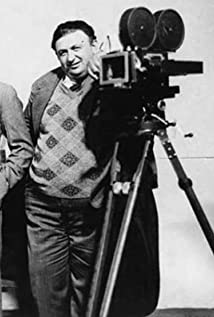Karl Freund (I)
Karl Freund, an innovative director of photography responsible for development of the three-camera system used to shoot television situation comedies, was born on January 16, 1890, in the Bohemian city of Koeniginhof, then part of the Austria-Hungarian Empire (now known as Dvur Kralove in the Czech Republic). Freund went to work at the age of 15 as a movie projectionist, and by the age of 17, he was a camera operator shooting shot subjects and newsreels. Subsequently, he was employed at Germany's famous UFA Studios during the 1920s, when the German cinema was the most innovative in the world.
At UFA, Freund worked as a cameraman for such illustrious directors as F.W. Murnau and Fritz Lang. For Murnau's The Last Laugh (1924) (aka The Last Laugh), screenwriter Carl Mayer worked closely with Freund to develop a scenario that would employ the moving camera that became a hallmark of Weimar German cinema. One of the most beautiful and critically acclaimed silent films, The Last Laugh (1924) is considered the perfect silent by some critics as the images do most of the storytelling, allowing for a minimal amount of inter-titles. The collaborative genius of Murnau, Mayer, and Freund meant that the images communicated the integral part of the narrative, visualizing and elucidating the protagonist's psyche. Freund filmed a drunk scene with the camera secured on his chest, with a battery pack on his back for balance, enabling him to stumble about and produce vertiginous shots suggesting intoxication.
Director Ewald André Dupont gave credit for the innovative camera work on his masterpiece Variety (1925) (aka Variety) to Freund, praising his ingenuity in an article published in The New York Times. Freund was one of the cameramen and the co-writer (with Carl Mayer and director Walter Ruttmann) on Berlin: Symphony of a Great City (1927) (Berlin: Symphony of a Great City), an artistic documentary that used a hidden camera to capture the people of the city going about their daily lives. Always technically innovative, Freund developed a high-speed film stock to aid his shooting in low-light situations. This film also is hailed as a classic. Other classic German films that Freund shot were El Golem (1920) (aka The Golem) and Lang's Metrópolis (1927).
Now possessing an international reputation, Freund emigrated to the U.S. in 1929, where he was employed by the Technicolor Co. to help perfect its color process. Subsequently, he was hired as a cinematographer and director by Universal Studios, where he cut his teeth, uncredited, as a cinematographer on the great anti-war classic Sin novedad en el frente (1930), Universal's first Oscar winner as Best Picture.

